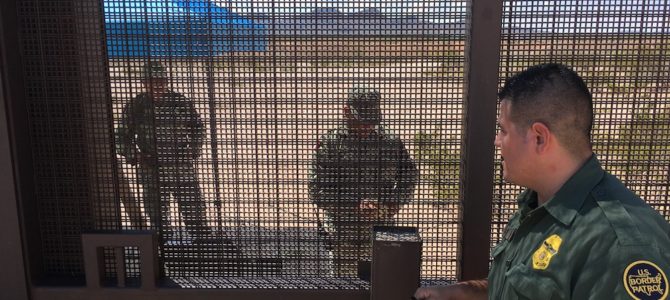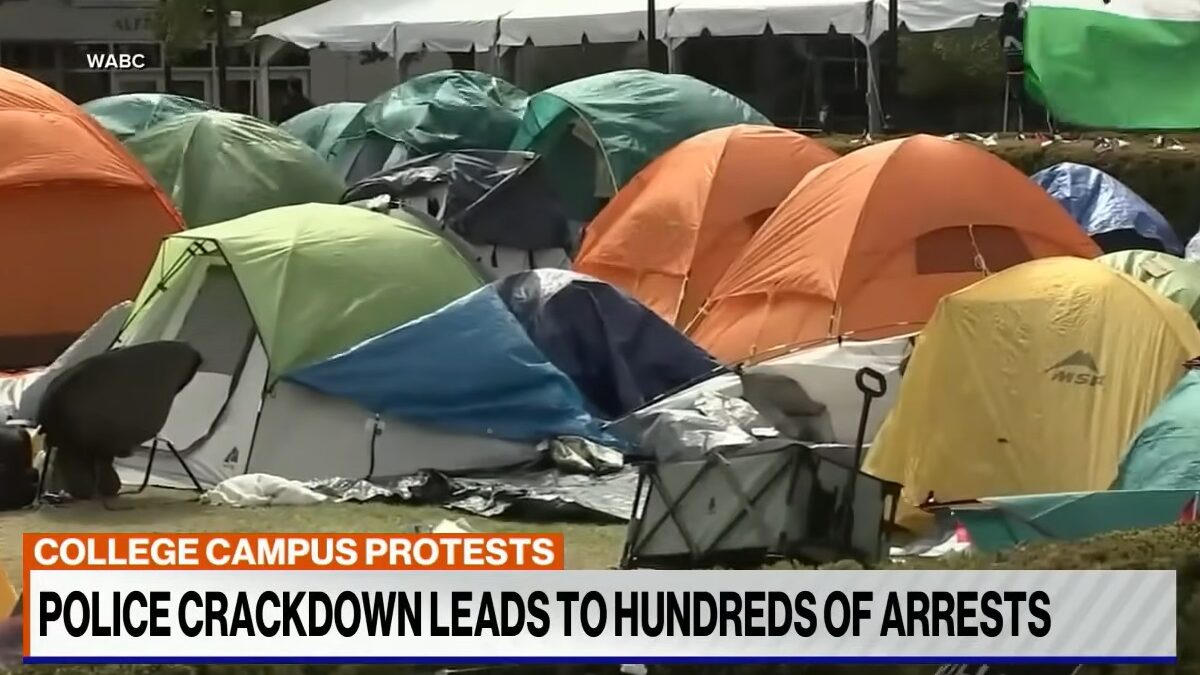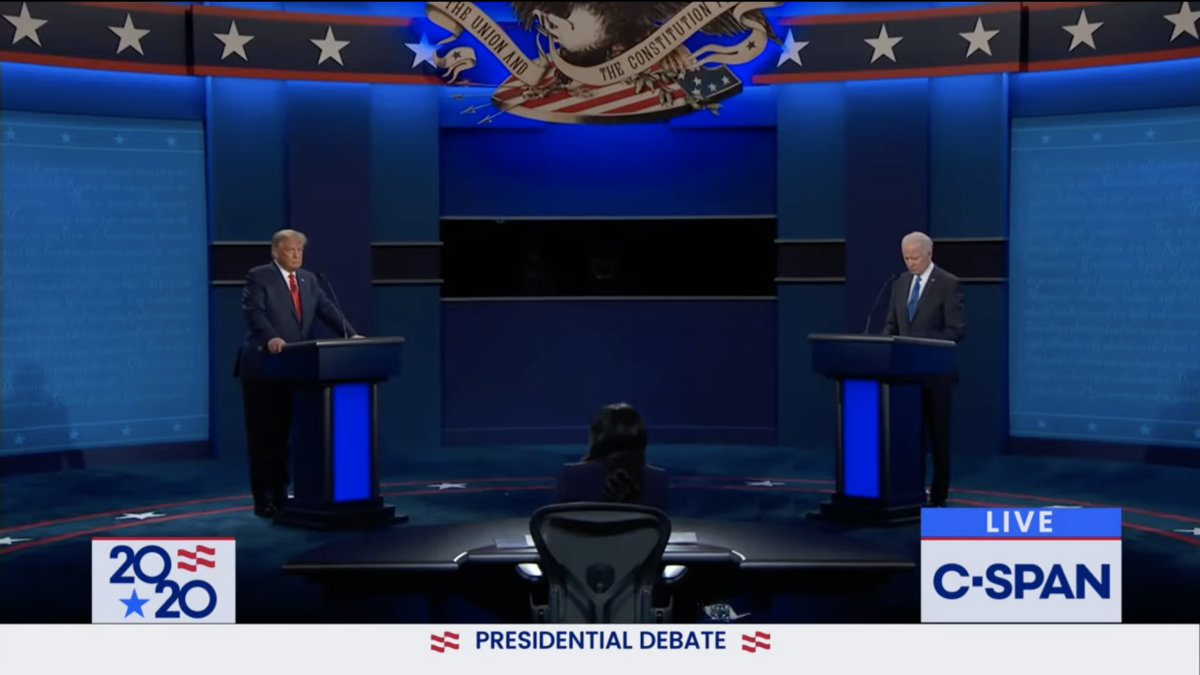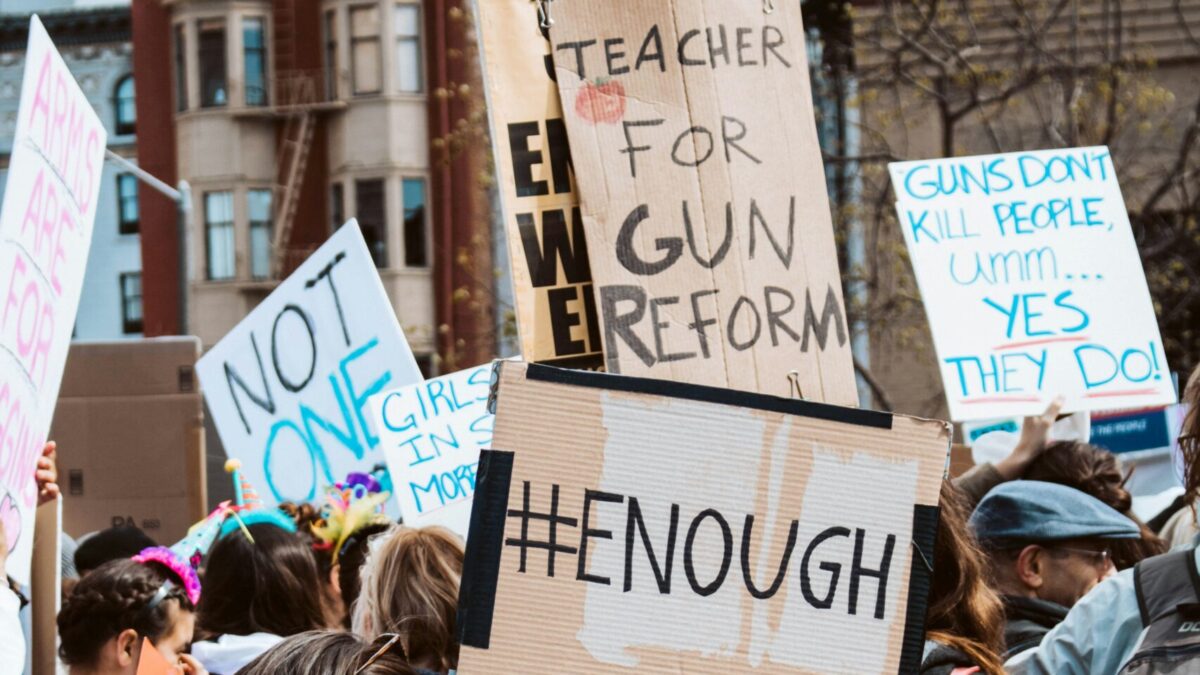
The Trump administration announced Tuesday the number of migrants taken into U.S. custody rose to nearly a million during the 2019 fiscal year that ended last month, the highest total since 2007 and an 88 percent increase over last year’s total.
That makes it sound like border crisis is getting worse, not better. But the main message to reporters at a press conference Tuesday from Mark Morgan, acting commissioner of U.S. Customs and Border Protection, was that the administration’s tough border policies are working. Morgan cited apprehension numbers from September that show an 18 percent decline from August and the fourth straight month of decline from a peak in May, when more than 144,000 were taken into custody. Later in the day, Trump himself declared the border secure.
But the truth is, the border crisis isn’t over, and while apprehensions have fallen in recent months, the underlying deficiencies in U.S. immigration law, as well as the problems in Central America that are prompting so many families to leave, haven’t changed. The success the Trump administration has seen thus far is almost entirely the result of actions taken by the Mexican government, which agreed to crack down on illegal immigration in June after Trump threaten to impose tariffs on Mexican imports.
The government of Andrés Manuel López Obrador deployed thousands of national guard troops to Mexico’s southern and northern borders to stem the flow of migrants from Central America, and agree to cooperate in the expansion of the Migrant Protection Protocols, also known as the “Remain in Mexico” program, which requires migrants seeking asylum to wait outside the United States while their claims are processed.
Tens of thousands of Central American migrants apprehended at the U.S. border have since been sent back to Mexico in recent months as part of this program. As I reported in August, a significant number of these migrants have decided to return home rather than wait months in dangerous Mexican border towns for the adjudication of asylum claims that will most likely be rejected.
In a sense, then, Trump border policies are working—for now. But the Remain in Mexico program depends entirely on the cooperation of Mexican officials and the willingness of the Mexican government to house and feed migrants sent back across the Rio Grande. Likewise, the deployment of the Mexican National Guard depends on the ability of the Mexican state to sustain such a deployment.
Trump Is Using Mexico As His Border Wall
There are good reasons to think it can’t and won’t, and that relying on Mexico as the solution to our border crisis is a big mistake. To put it bluntly, Mexico is increasingly unstable. As of August, the country was on pace to break last year’s record number of homicides, which are now affecting once-quiet havens like Mexico City.
The rising murder rate has contributed to slipping approval numbers for López Obrador, in part because voters elected him to combat corruption and cartel violence. At the same time, economic growth is slowing amid signs of a looming recession despite López Obrador’s insistence that there’s “no trace” of recession in Mexico.
As for the deployment of the Mexican national guard, it’s unclear whether stationing armed troops on the border is doing any good. The force was only created this year from elements of the army, navy, and the famously corrupt federal police, ostensibly to fight drug cartels and stem soaring levels of violence, not police the border.
From the outset, it’s been plagued by controversy. Back in July, shortly after the announcement of the new force, officers with the Mexican federal police staged demonstrations against being forced to join the national guard, protesting pay cuts and loss of seniority benefits.
Since then, tens of thousands of national guard troops have been deployed to Mexico’s southern border with Guatemala and to its northern border with the United States. I spoke with some national guard soldiers stationed along the border when I was in El Paso in August, and they told me they have no real law enforcement authority to do anything, regardless of what they see happening.
Whether it’s drug mules about to cross the border, smugglers leading a migrant group or engaged in human trafficking, all they can do is call it in. Given these soldiers’ level of pay and the monotony of border duty, it’s fair to ask to what extent they’re susceptible to being bought off by cartels that control entire swaths of Mexico’s northern border.
All of this to say that Trump is in effect using Mexico as his border wall. So far, it’s been working, which is why the numbers have gone down in recent months. But Mexican cooperation shouldn’t be the foundation of America’s border policy, not least because Mexico is an unreliable partner rife with corruption and plagued by weak institutions.
For as much as the Trump administration has tried to innovate along the border and enact reform by executive fiat, there’s a limit to what it can accomplish over the long term. The United States, not Mexico, is ultimately going to have to figure out a permanent solution to the border crisis.
That will require a U.S. Congress willing to look at the problem honestly, set politics aside, and do something about our broken immigration system. Until that happens, we should expect Mexican cooperation to flag as time goes on, and come springtime, for the numbers to increase once again.









